Your Tongue Isn’t Just for Taste—It’s a Window Into Your Health
Let’s be honest—we rarely think about our tongue unless we bite it, burn it on pizza, or use it to taste something incredible. But here’s the thing: your tongue is actually one of the most reliable indicators of your overall health. That small pink muscle in your mouth can quietly signal nutritional deficiencies, infections, systemic illnesses, and even early warnings of more serious conditions.
So, what’s your tongue trying to tell you? Let’s decode the clues and break down what different colors, textures, and sensations might mean.
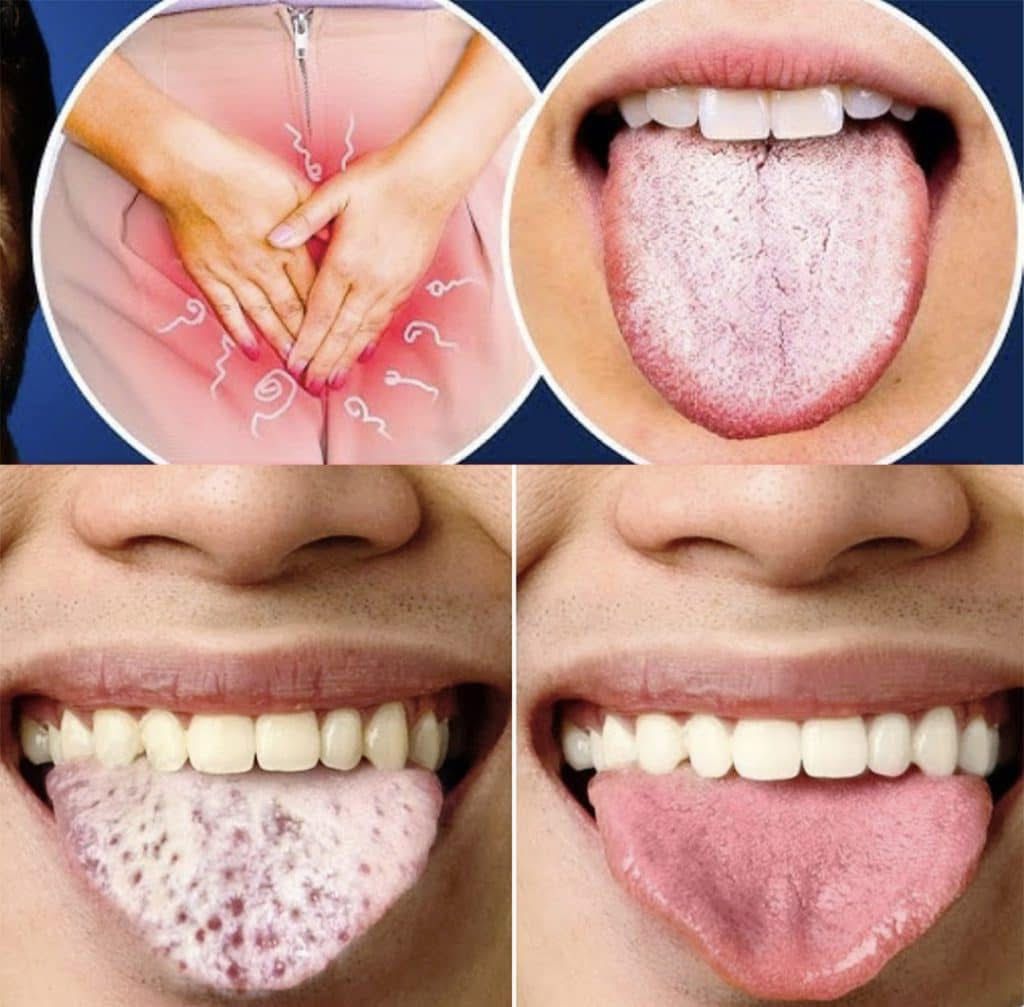
What a Healthy Tongue Should Look Like
Before we dive into the warning signs, it helps to know what normal actually is. A healthy tongue should be:
- Pink or light red in color
- Smooth, but with a light coating and visible, evenly distributed taste buds
- Moist, but not slimy
- Free of pain, swelling, or unusual bumps
If your tongue feels fine and you rarely notice it, that’s usually a good sign. Now let’s take a look at the red flags—literally and figuratively.
Video: What your TONGUE says about your HEALTH: Doctor Explains
Red Tongue: When Bright Color Is a Warning Sign
A red or reddish-purple tongue can be your body’s way of asking for help. While it may look dramatic, it’s not always dangerous—but it is worth paying attention to.
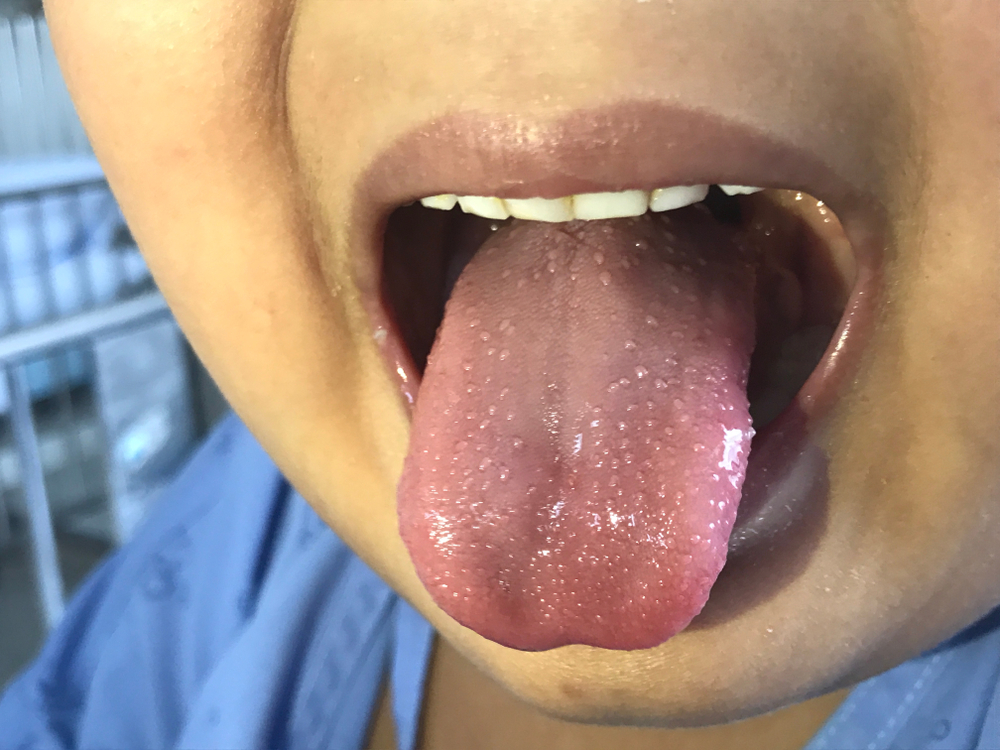
Possible causes include:
- Vitamin B deficiencies (especially B9 and B12): If your tongue looks red and feels smooth, you could be low on essential nutrients.
- Geographic tongue: This creates red patches with white borders that resemble a map. It’s harmless but can feel sensitive.
- Scarlet fever or Kawasaki disease: Especially in children, a red or “strawberry tongue” paired with fever requires urgent medical attention.
If the color shift sticks around or comes with pain or swelling, don’t wait—schedule a check-up.
White Tongue: More Than Just Morning Breath
A white tongue can be as innocent as dehydration—or a sign of something more serious.
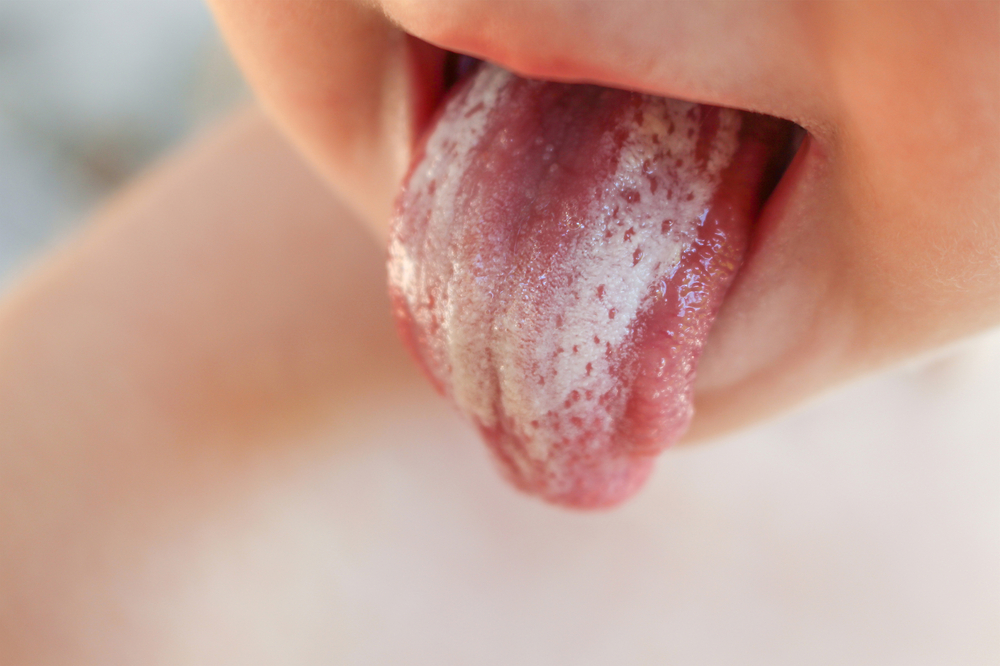
Conditions linked to a white-coated tongue:
- Oral thrush: A yeast infection causing cottage cheese-like patches. Most common in babies, older adults, or those with weakened immune systems.
- Leukoplakia: Thick white patches caused by cell overgrowth, often linked to tobacco use. This can be precancerous.
- Oral lichen planus: White, lace-like patterns on the tongue. While often painless, it still needs monitoring.
If brushing or scraping doesn’t remove the coating, make an appointment with your dentist or doctor.
Yellow Tongue: A Not-So-Sunny Situation
Yellow tongues are often caused by a buildup of dead skin cells that get stained by bacteria or food particles.
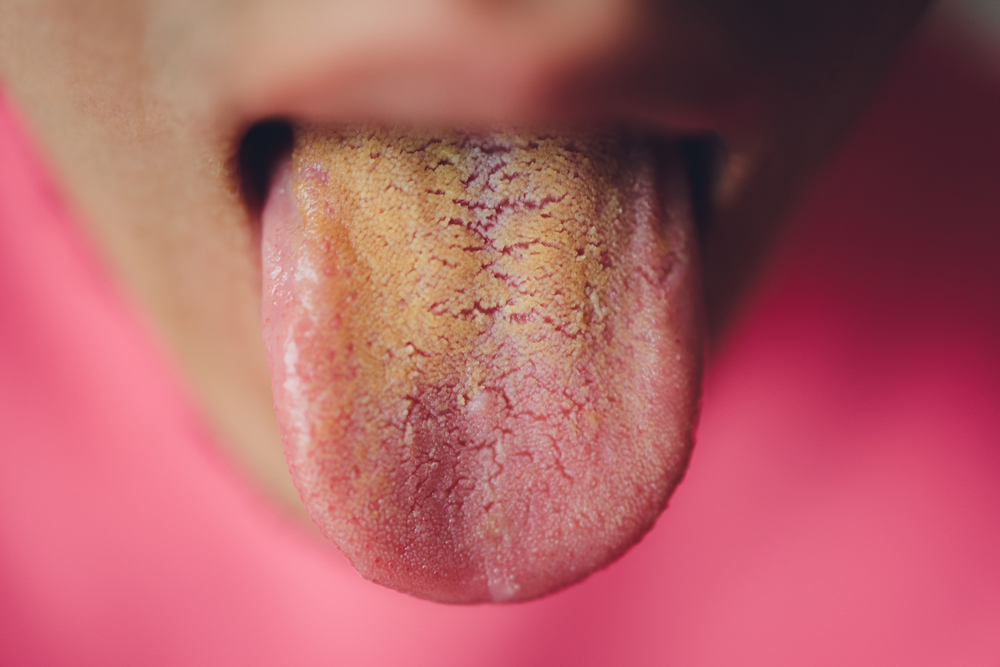
Common culprits include:
- Poor oral hygiene
- Smoking or chewing tobacco
- Excess vitamin supplements
- Psoriasis
- Jaundice (especially if yellowing spreads to eyes or skin)
It’s usually harmless, but if your tongue stays yellow or you notice other symptoms, it could point to an underlying liver issue.
Black and Hairy Tongue: It Looks Worse Than It Is
Yes, it sounds alarming—and looks even more so. But in most cases, a black or “hairy” tongue isn’t dangerous.
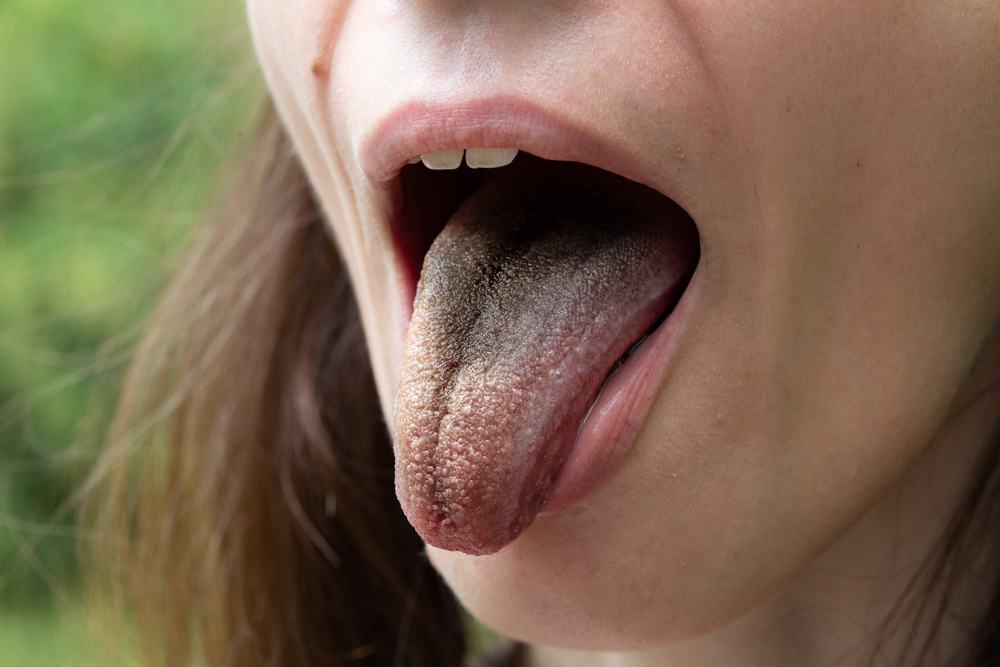
Causes may include:
- Poor oral hygiene
- Excessive coffee, tea, or tobacco use
- Antibiotics or medications
- Radiation therapy or chemotherapy
The “hairs” are actually elongated papillae that trap debris and bacteria. Improving oral care—brushing the tongue and staying hydrated—can help reverse the condition.
Burning Tongue: When Every Bite Hurts
If you’ve ever felt a persistent burning sensation on your tongue without any obvious reason, you might be dealing with burning tongue syndrome.

Possible triggers:
- Hormonal changes (especially during menopause)
- Allergies or food sensitivities
- Nerve damage
- Anxiety or depression
- Oral infections
This condition can feel like a scald from hot coffee—even when your tongue looks completely normal. It’s frustrating, but treatable once the root cause is identified.
Sore or Bumpy Tongue: Don’t Ignore Persistent Pain
It’s normal to occasionally bite your tongue or irritate it with something spicy or hot. But if bumps, sores, or pain stick around, don’t ignore it.
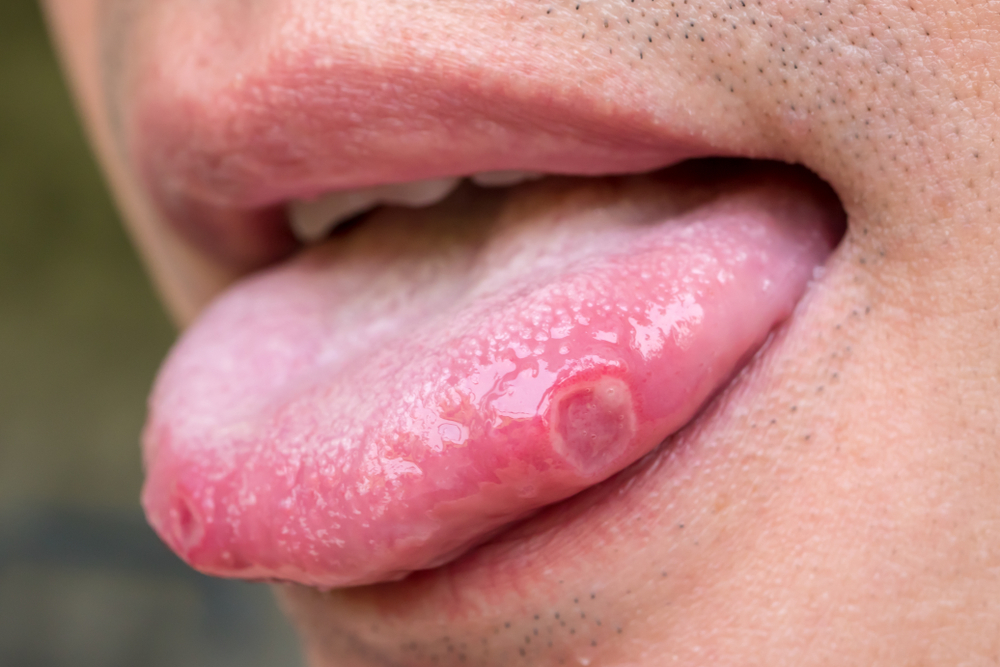
Potential causes include:
- Mouth ulcers (canker sores)
- Accidental injury
- Viral infections like herpes simplex
- Tobacco and alcohol use
- Oral cancer (especially if sores are persistent and painless)
Most sores clear up in a week or two. If they don’t—or if they keep coming back—it’s time to see a professional.
Smooth or Swollen Tongue: A Sign of Deficiency or Allergy
A tongue that looks unusually smooth, shiny, or swollen can be signaling nutritional gaps or allergic reactions.
Look out for:
- Iron deficiency anemia: Can cause soreness and smoothness
- B12 deficiency: Can lead to tongue inflammation
- Food allergies: May trigger swelling or discomfort shortly after eating
These symptoms shouldn’t be brushed off. Your tongue might be your body’s first line of defense, warning you something’s off internally.
Video: White tongue and what to do about it!?
Cracked or Fissured Tongue: Harmless or Harmful?
Some people naturally have grooves or fissures on their tongue—it’s usually harmless.
But if those cracks are new, deepening, or painful, it might be linked to:
- Dehydration
- Vitamin deficiencies
- Sjögren’s syndrome (an autoimmune disease)
Keeping the tongue clean is key, especially with deeper fissures that can trap food and bacteria.
Coated Tongue: Not Just a Hygiene Issue
A coated tongue—often white, yellow, or brown—can result from poor brushing, dehydration, or dry mouth. But it might also point to:
- Fever
- Digestive issues
- Mouth breathing during sleep
Brushing your tongue daily (gently!) and drinking more water usually helps. If not, investigate further.
Tingling or Numb Tongue: A Red Flag for Nerve Problems
A tingling or numb sensation might be a temporary reaction—or a sign of something more serious, like:
- Allergic reactions
- Vitamin B12 deficiency
- Multiple sclerosis
- Nerve damage from dental work
If it lasts longer than a few minutes, or keeps happening, don’t ignore it.
Conclusion: Your Tongue Is Talking—Are You Listening?
Your tongue isn’t just for tasting food or sticking out during doctor visits—it’s a real-time health monitor. From color changes to strange sensations, your tongue can give you valuable clues long before symptoms show up elsewhere.
So take a peek once in a while. Get familiar with what your healthy tongue looks like. And if something seems off? Speak up. Your body will thank you for it.